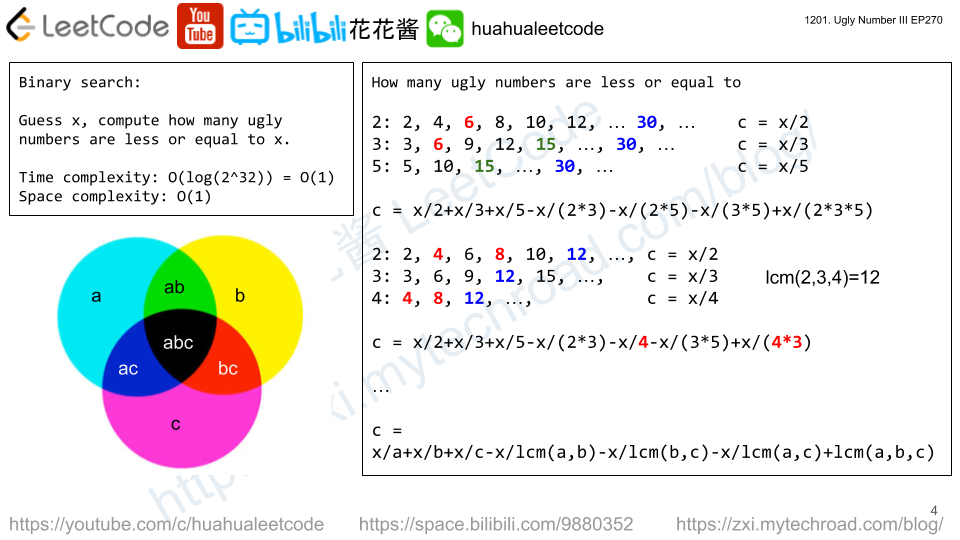Given an array with n objects colored red, white or blue, sort them in-place so that objects of the same color are adjacent, with the colors in the order red, white and blue.
Here, we will use the integers 0, 1, and 2 to represent the color red, white, and blue respectively.
Note: You are not suppose to use the library’s sort function for this problem.
Example:
Input: [2,0,2,1,1,0] Output: [0,0,1,1,2,2]
Follow up:
- A rather straight forward solution is a two-pass algorithm using counting sort.
First, iterate the array counting number of 0’s, 1’s, and 2’s, then overwrite array with total number of 0’s, then 1’s and followed by 2’s. - Could you come up with a one-pass algorithm using only constant space?
Solution 1: Counting sort
Time complexity: O(n)
Space complexity: O(1)
C++
|
1 2 3 4 5 6 7 8 9 10 11 12 13 |
// Author: Huahua class Solution { public: void sortColors(vector<int>& nums) { vector<int> c(3); for (int x : nums) ++c[x]; auto it = begin(nums); for (int i = 0; i < 3; ++i) while (c[i]--) *it++ = i; } }; |
Solution 2: Two pointers
Time complexity: O(n)
Space complexity: O(1)
C++
|
1 2 3 4 5 6 7 8 9 10 11 12 13 14 15 16 |
// Author: Huahua class Solution { public: void sortColors(vector<int>& nums) { const int n = nums.size(); int l = 0; int r = n - 1; for (int i = 0; i < n; ++i) { if (nums[i] == 0) { swap(nums[i], nums[l++]); } else if (nums[i] == 2 && i < r) { swap(nums[i--], nums[r--]); } } } }; |



